International Cooperation
Myanmar
Project Overview
This project is an ODA to support empowerment of the Department of Archaeology and National Museum, an institution in charge of management and preservation of remains of Buddhism in Bagan, the largest Buddhist heritage site in Myanmar. Owing to the Foundation’s support since 2013, the Bagan remains were registered as a UNESCO World Heritage Site in July 2019. The Foundation produced manuals of preservation and management of Paya Thone Zu Temple, located in Minnanthu.
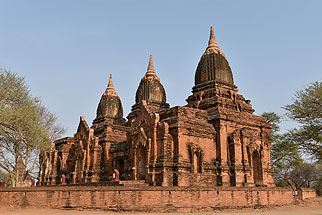
Phaya Thone Zu Temple , the project site of the Foundation
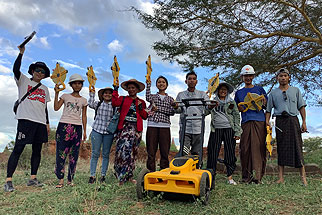
Local Training for Empowerment at the host organization (Department of Archaeology and National Museum)
Major Activities
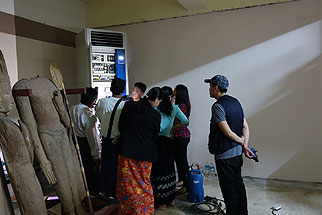
The Foundation supported essential tools and materials for preservation of cultural assets to Bagan Archaeological Museum, a national museum taking care of the Bagan remains. Those tools and materials contributed to safe preservation of the important cultural properties of the Bagan Dynasty. In addition, the Foundation supported establishing a storage on the first basement floor of the Museum, in order for the relics to be safely stored. Due to the infrastructure and the capacity building projects, the Bagan remains were registered as a UNESCO World Heritage Site.

Paya Thone Zu Temple in the Bagan remains is the only temple in the remains in which three temples are connected within each other. This temple is one of the famous ones in the remains because of its colorful mural paintings painted in the 13th century. Paya Thone Zu Temple was damaged by severe earthquakes both in 1975 and 2016. The Foundation is supporting the preservation work for the damaged temple. In particular, the Foundation’s manual on preserving the mural paintings in Paya Thone Zu Temple is significant in that it is the first manual made in Myanmar.
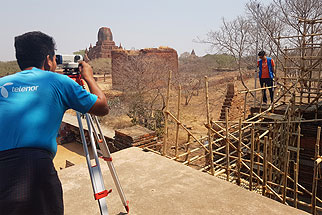
Paya Thone Zu Temple is structurally displaced due to the effects of several earthquakes. The Foundation has prepared structural safety examinations and measures to enhance its structure since 2018, and performed a maintenance and reinforcement work for the temple in 2020, ensuring that the temple could be safely preserved from possible earthquakes in the future. In addition, the Foundation supported education programs to increase capability of those who were in charge of architecture in related institutions.
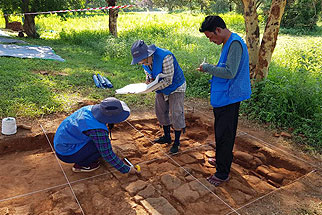
The Foundation performed an excavation as a basic investigation for preserving Paya Thone Zu Temple in 2019, and discovered academically significant remains such as traces of wall, considered to be related to the temple, and partial foundation of the temple. The enhanced basic investigation of the Foundation was selected as an exemplary case by the Bagan International Coordinating Committee.
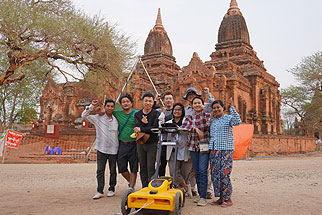
Geophysical exploration enables rapid exploration of cultural heritage buried underground without excavation. The Foundation performed a geophysical exploration around Paya Thone Zu Temple as a basic investigation in 2019, discovering several archaeological traces of relics underground. When the Department of Archaeology and National Museum asked that the geophysical exploration to be expanded to entire Bagan, the Foundation supported the establishment of a team of geophysical exploration for archaeological purposes.
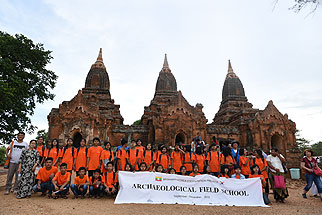
In addition to supporting infrastructure of the Bagan Archaeological Museum and preservation of Paya Thone Zu Temple, the Foundation is promoting programs of reinforcing the sense of closeness for the residents in Bagan. In 2019, the employees of the Foundation who worked in Bagan opened an archeological experience class, in which they offered opportunities for youth of Bagan to think of their careers through experiencing Korean culture, basic Korean language, the Paleolithic Era, and actual survey.







